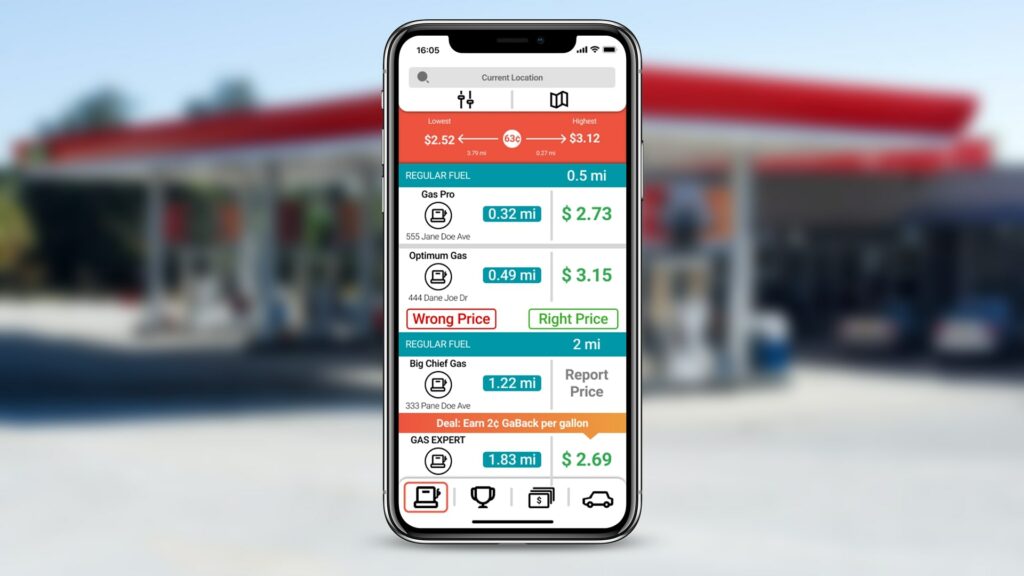Finding the best apps for tracking spending and avoiding debt can be difficult. After all, there are many applications available in the market.

Nowadays, saving money and avoiding the accumulation of debts are critical factors to achieve the desired financial stability.
To achieve this goal, users are making use of technologies, resorting to new and intelligent digital tools.
Features of apps to track your spending
Each app has a unique set of features, resources and tools that can help users achieve their financial goals.
Mint, for example, is an excellent financial management tool. It provides people with an overview of bank accounts, credit cards, investments and savings accounts.
It's easy to track your spending and set spending limit goals and alerts. Acorns is a great investment tool for those just starting out.
It helps users to save and invest using even a cent. This tool uses smart algorithms to help users make the best investment decisions.
But not least, Tiller keeps users up to date on their finances using Google Sheets.
These worksheets help us keep track of balances and entries, control expenses and create financial reports.
What are the 7 best apps to monitor your spending and avoid debt in 2023
1. Pocket Guide
GuiaBolso is one of the best apps to monitor your expenses. It monitors all your invoices, payments and financial contributions, as well as keeping track of your current balance.
You can set up alerts for payables, receive notifications when your investments pay off, see how financial products perform, and much more. The app is available for free on Android and iOS.
2 Mint
Mint is one of the best-known financial apps for tracking your spending. After registering, you can add all your banks, credit cards, investment accounts, etc.
The app provides bank account control, transaction tracking, expense history, expense categorization, etc.
3. Insaniwise:
Insaniwise is an ideal app to organize your budget and plan your future expenses more intelligently.
With it, you can create financial goals, control your expenses, find ways to save and invest, control your bank account, tweak your budget in different categories and much more. The service is available for free on Android and iOS.
4. My Money
Meu Dinheiro is another excellent application to monitor your expenses. It allows you to register all your bank, credit card and investment accounts.
And it offers even more tools so that you can control this flow of money in an intelligent way. In addition, it also features the synchronization between the app and Meu Dinheiro Plus, a premium service.
5. Inzup Pocket
Inzup Pocket is your personal financial manager to monitor your expenses. It is capable of synchronizing all your bank accounts, credit cards, investment accounts, etc.
One of the main features is the “goals”, which allow you to save money for a certain purpose. In addition, with the app you can also save money with suggestions and tips from your personalized manager.
6. MoneySmart:
MoneySmart is an application to create your budget and monitor your expenses. With it, you can improve your investment plan, see the forecast of expenses.
Find promotions and discounts, track your investments, debts and money transfers. The app is entirely in Portuguese and is free for Android and iOS.
7. SimpleAccount:
With ContaSimples, you control your bank account in a single place and will also be able to avoid debts.
You will have an exact notion of your money, you will have access to daily and fortnightly income and you will even be able to create alerts for financial transactions. The app is available for free for Android and iOS.
How to monitor your spending and avoid app debt
1. Have a budget: Setting a budget is crucial to future financial success. You need to figure out how much you spend each month, how much you should be saving for hard times, and how many installments you can afford each month.
2. Record all expenses: Tracking your spending in detail will help keep you on budget. Try setting up your credit card or bank account so that all expenses are automatically posted to an app or spreadsheet you can access.
3. Use Apps: There are several applications designed to help users control their spending, some offer recommendations on which account suits you best or which card you should use to get better rewards for your spending.
4. Alert yourself: If you find it difficult to monitor and control your spending, set up alerts in your apps. This will let you know exactly when the services or products you're spending are being paid for, as well as any other payments.
5. Pay attention to rates: Study all the details before accepting any service. There are services that charge high fees, so be aware of any extra fees you may be paying.
6. Use the money you already have instead of taking out a loan or using your credit card.: If you don't have enough money to pay for something you really need, try negotiating with companies.
You You can also use your credit to help finance an item, as long as you are in good credit, as this will allow you to get lower interest rates.


